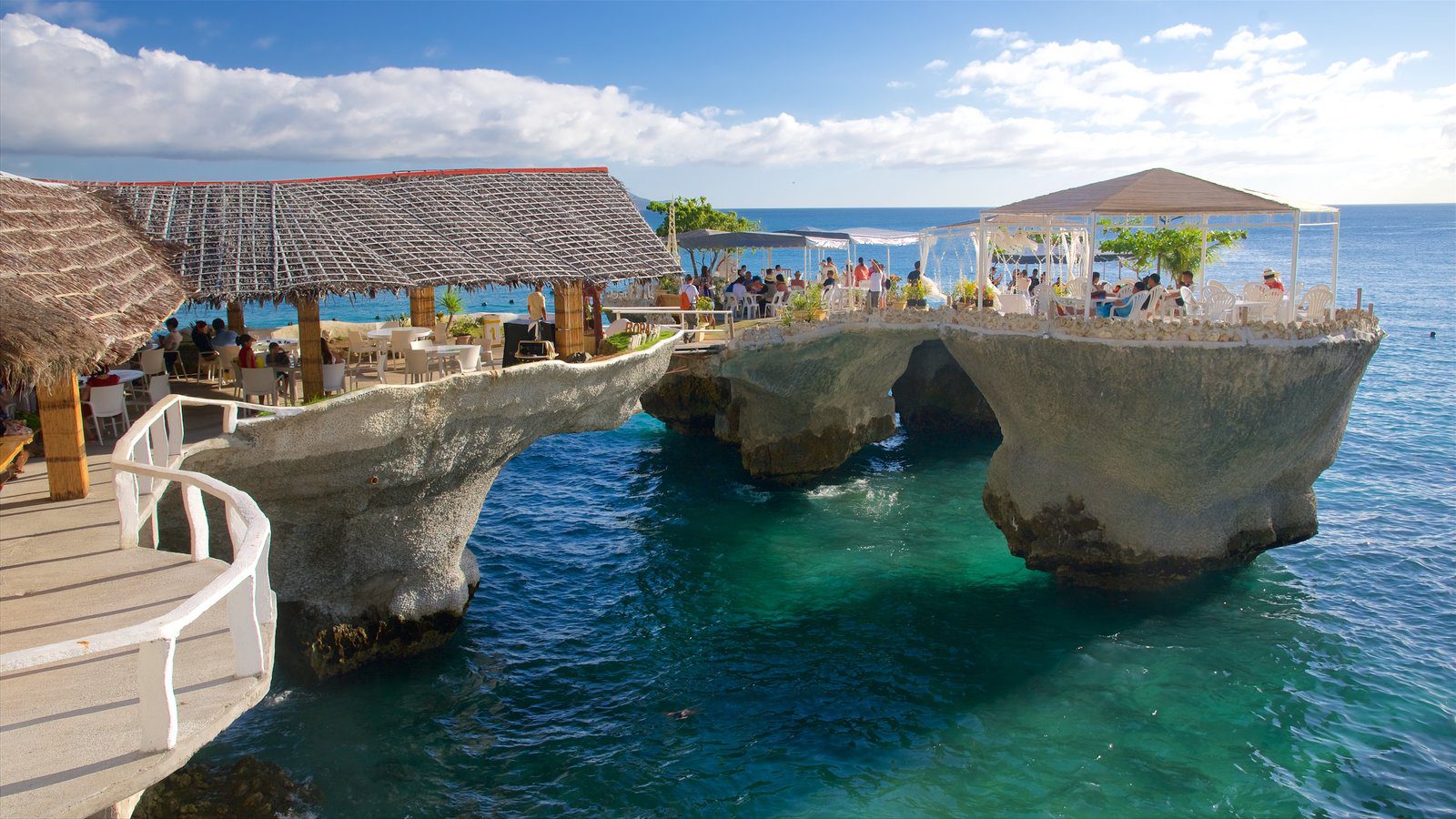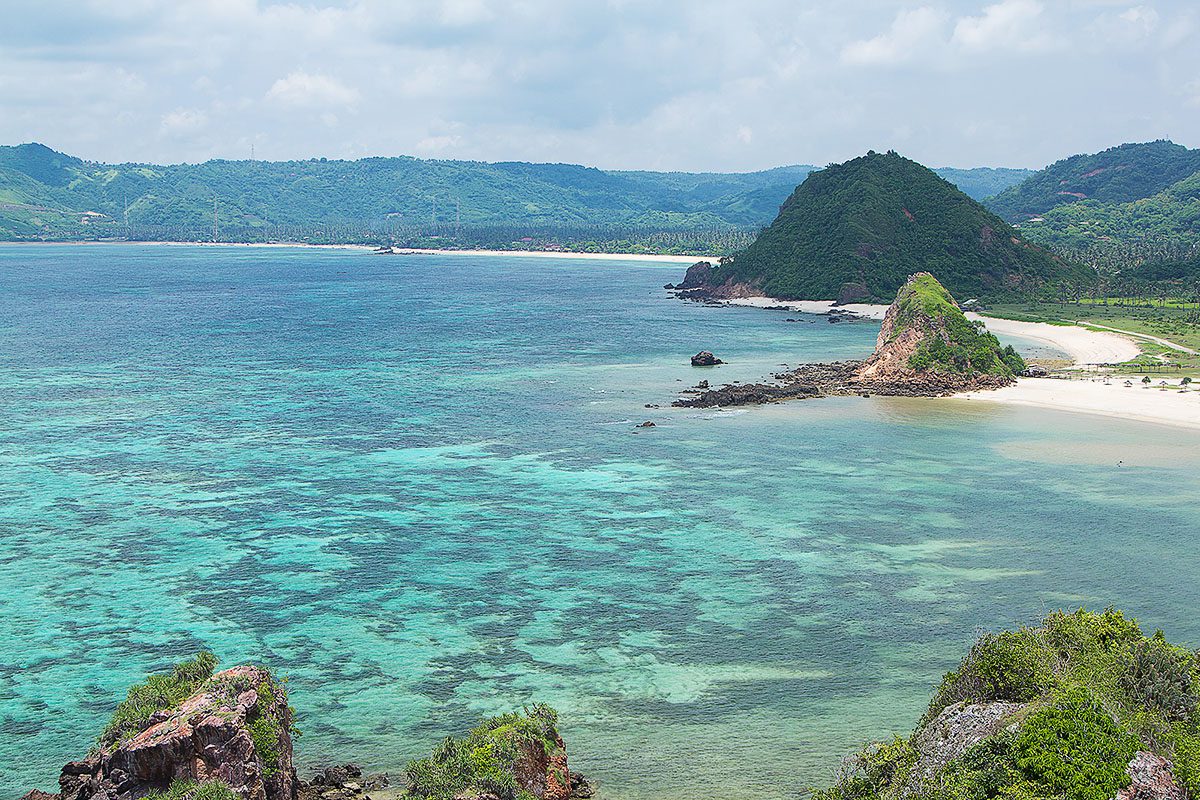Table of Contents
Bratislava is the capital of Slovakia
Bratislava is the capital of the Republic of Slovakia, located southwest of the country along the Danube River, a narrow pass in the Carpathian Mountains, which is located on the border separating Slovakia, Austria and Hungary, the modern city of Bratislava is considered a cultural center and headquarters of Comenius University, headquarters of the Slovak Academy of Sciences, many schools and art institutes, the National Slovak Theater, and the Slovak National Museum.
History of the city of Bratislava
Bratislava was known as the capital of Hungary, and the place of residence of the Hungarian kings and bishops, and the coronation of the kings continued until 1835 AD, as was the meeting place of the Hungarian Legislative Council until 1848 AD, and the German merchants inhabited it before the nineteenth century AD, and the city of Bratislava was incorporated into Czechoslovakia after it Both the Czech and Slovak lands in 1918.
Bratislava website
Bratislava is located 157 meters above sea level, it is latitude 48.15 and longitude 17.11, and its population is approximately 423,737, making it the largest city in Slovakia.
Other information on Bratislava
There is a lot of information about the city of Bratislava, including the following:
- Bratislava is considered a meeting point and an important center for roads, railways and Danubian port.
- It is well known for its diverse range of industries, textiles, chemicals, and mineral goods.
- Surrounding the forests, vineyards, and large farms in Bratislava, which helped to stimulate trade in agricultural products.
- Bratislava became a bastion of the Great Moravian Empire in the ninth century AD.
- Bratislava Jews, after being expelled from Hungary in 1360, took refuge in Austria.
- The number of Jews who live in the city of Bratislava in 1706 AD reached about 189 Jews, while in 1736 AD their number reached approximately 772 Jews.
- Bratislava is considered the headquarters of the Slovak President, the seat of the Parliament and the Slovak Executive Authority, in addition to the presence of many theaters, galleries and important educational and cultural institutions in it.
- The history of Bratislava was influenced by many countries and religions, including the Czechs, Germans, and Austrians, as well as Jews, Hungarians, and Slovaks.
- The city of Bratislava controlled its huge castle, which is centered on a plateau, which rises about 100 meters above the Danube, as the castle was the headquarters and center of the Austrian royal family, which was destroyed in 1811 AD, and then it was restored as much as possible.








